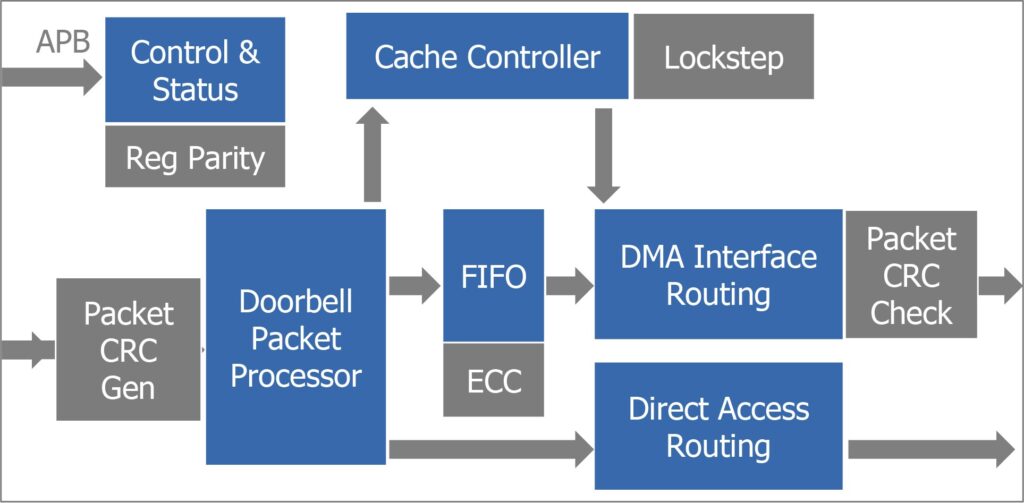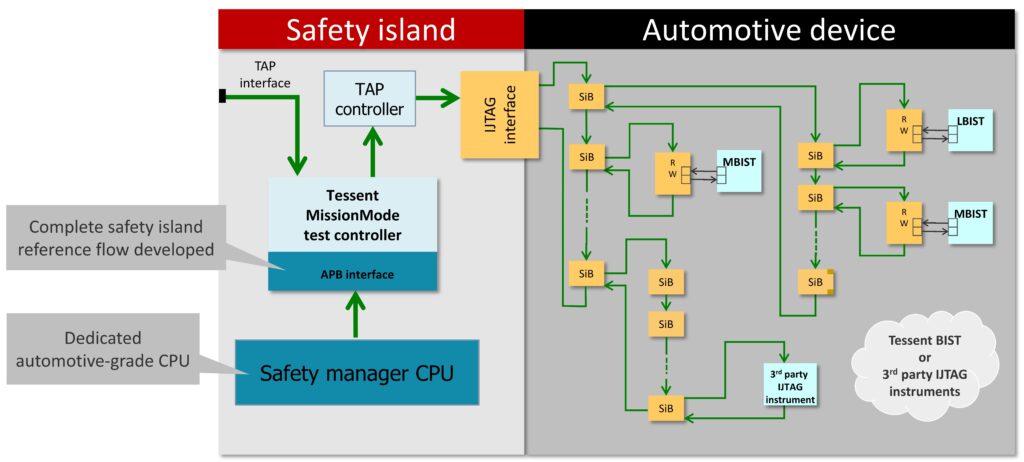Manage automotive test, safety, and security with a safety island

The makers of automotive ICs are living in “interesting times.” These ICs no longer only run simple functions such as window controls and infotainment but are tasked with running advanced driver-assist systems (ADAS) and autonomous driving applications.
The SoCs are larger and much more complex than ever, and also need to meet the safety requirements of the ISO 26262 functional safety standard. But performance and functional safety are not the whole story; these systems will only be safe if they are also secure from cyber threats such as remote access hacking.
Read our new paper – Automotive safety island: Management of test, safety, and security data at the edge for ISO 26262
All this adds up to a significant set of new challenges for makers of automotive devices and systems. There are emerging solutions to address functional safety and security for automotive ICs, and also for implementing ways to manage and monitor this content through in-system test and embedded analytics IP. Commonly, the safety mechanisms used are a set of embedded IP inserted into the design. These IP can be either structural or functional, and can be distributed throughout a semiconductor device wherever needed.

How should designers approach these new challenges? The most popular approach is to upgrade from basic hardware controls to a scalable solution of an embedded CPU and software-controlled “safety island”.
A safety island is the mechanism through which the chip can access, manage, and monitor IP within the design that represents a mix of different safety support levels. It monitors for issues, manages testing, and communicates any issues to the larger system. For example, raising a flag that tells the driver to take control if an ADAS system fails. The safety island is designed to manage and monitor all of the safety content within the SoC, to enable recovery of complex issues within the chip and signal failures to external systems, and also be adaptable and upgradable for future needs and use cases.

To learn about a typical safety island implementation and see examples of how it can be used, download the new technical paper – Automotive safety island: Management of test, safety, and security data at the edge for ISO 26262 here:
https://resources.sw.siemens.com/en-US/white-paper-automotive-safety-island


